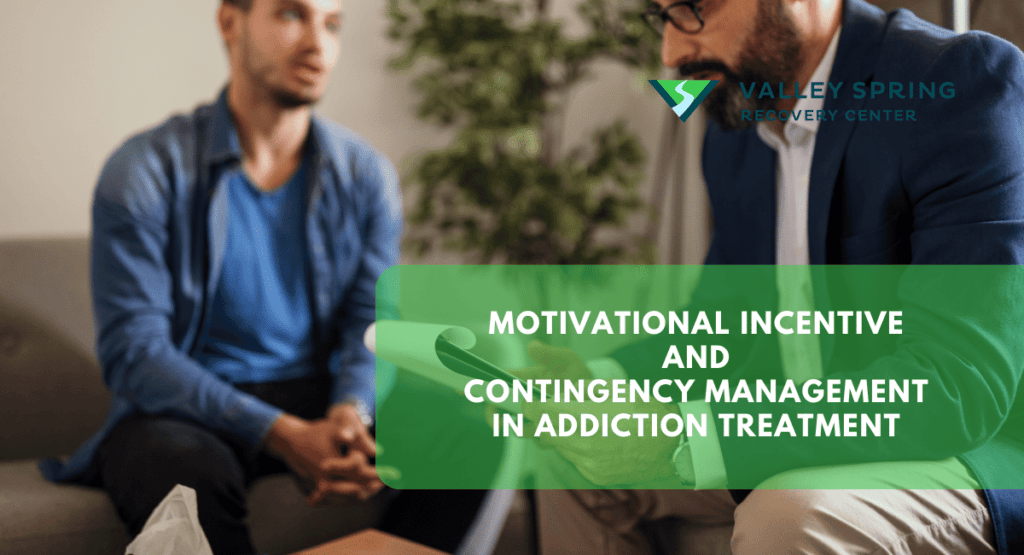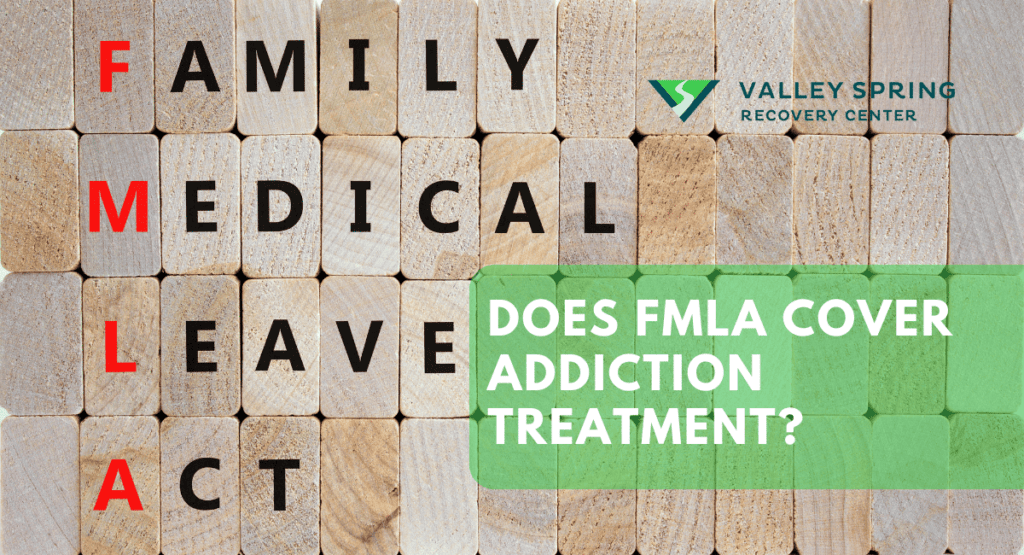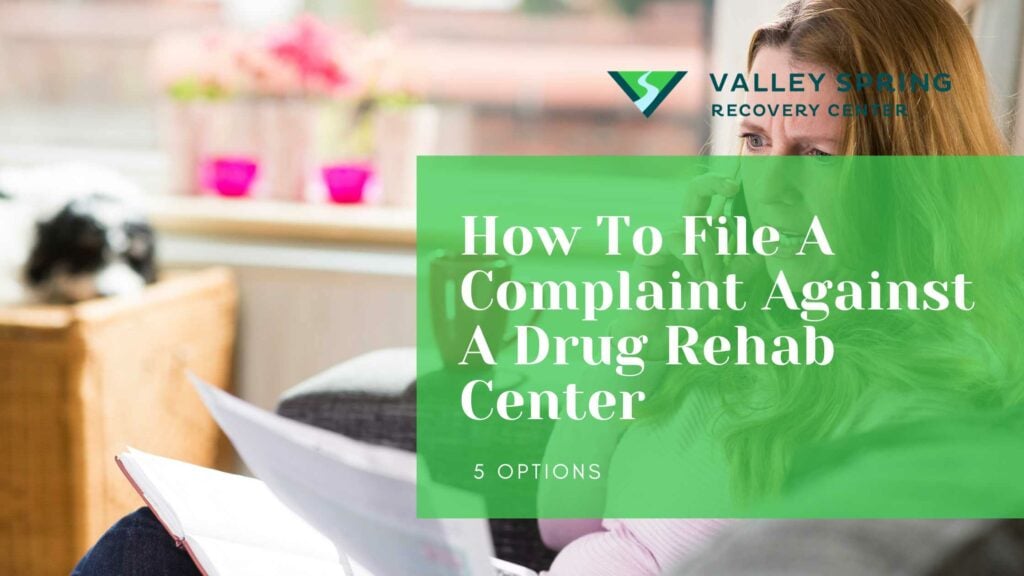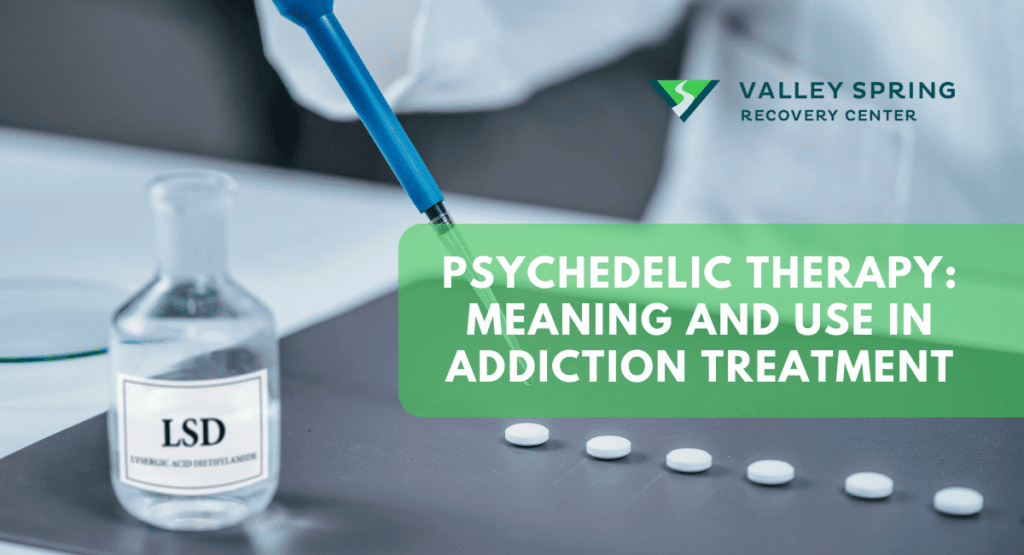Contingency management (CM) is a form of treatment that provides motivational incentives and positive reinforcement for meeting specific behavioral goals, which can be particularly effective in the early stages of addiction recovery.
By utilizing positive reinforcement and the strategic use of incentives, CM aims to reinforce desired behaviors and promote positive change. The principles of CM, such as immediate rewards, shaping behavior, and contingency-based reinforcement, have been applied in various treatment settings to address substance use disorders effectively.
Let’s explore CM’s core principles and benefits in addiction treatment, highlighting its role in enhancing treatment engagement, promoting abstinence, and facilitating behavior change.
What is Contingency Management in Addiction Treatment?
Contingency management is an approach used in addiction treatment to enhance motivation and promote behavior change. It is based on the principles of operant conditioning and positive reinforcement. It involves providing tangible rewards to reinforce positive behaviors, such as abstinence from drug use.
Operant conditioning is a learning process where behavior is influenced by the consequences that follow it. It involves the use of rewards or punishments to increase or decrease the likelihood of a specific behavior occurring again in the future.
What are the Core Principles of Contingency Management/Motivational Incentives?
The seven core principles of Contingency Management/Motivational Incentives (CM) in addiction treatment, as outlined by the National Institute on Drug Abuse (NIDA), are as follows:
- Target behavior: CM focuses on specific target behaviors that are directly related to treatment goals, such as abstinence from substance use or adherence to medication.
- Positive reinforcement: CM utilizes positive reinforcement, providing tangible rewards or incentives to individuals who demonstrate the desired behaviors.
- Immediate reinforcement: Rewards are delivered immediately following the occurrence of the target behavior to strengthen the association between the behavior and the reinforcement.
- Shaping behavior: CM often involves a step-by-step approach, starting with easily achievable goals and gradually increasing the difficulty or requirements for earning rewards, promoting sustained behavior change.
- Contingency management: The provision of rewards is contingent upon meeting the specific behavioral criteria or treatment goals established in advance.
- A variety of reinforcers: CM offers a range of reinforcers that appeal to the individual, allowing for personalized incentives that motivate and engage them effectively.
- Discontinuation of rewards: CM aims to fade out the use of rewards over time, transitioning to natural sources of reinforcement, such as improved quality of life and intrinsic motivation.
These principles serve as the foundation for the application of CM in addiction treatment, emphasizing the use of positive reinforcement, immediate rewards, and gradual shaping of behavior to promote positive change.
How Effective Is Contingency Management For Addiction?
In a 2006 study by Carroll KM et all a study of marijuana-dependent young adults referred by the criminal justice system, Contingency Management (CM) significantly enhanced treatment outcomes. Participants undergoing motivational enhancement therapy/cognitive-behavioral therapy (MET/CBT) or individual drug counseling (DC), when supplemented with CM, showed notable improvements. Specifically, those in the MET/CBT combined with CM group demonstrated a markedly higher percentage of marijuana-free urine specimens compared to other groups. This was evidenced by the fact that participants in the MET/CBT plus CM condition submitted 2.3 consecutive marijuana-free urine samples on average, significantly more than the 1.3 average in the MET/CBT without CM group. This highlights CM’s effectiveness in reinforcing abstinence and improving treatment adherence by offering tangible rewards for specific behaviors, thereby supporting positive behavioral changes in a challenging demographic.
What are the Benefits of Contingency Management in Addiction Treatment?

Contingency Management (CM) has demonstrated several benefits in addiction treatment. Here are some key advantages of incorporating CM into treatment programs:
1. Increased treatment engagement
CM can enhance treatment engagement by providing tangible and immediate rewards for attending therapy sessions, adhering to treatment plans, and achieving treatment goals. The reinforcement can motivate individuals to actively participate in their recovery process.
2. Improved treatment retention
CM has been associated with improved treatment retention rates. By reinforcing behaviors that contribute to recovery, such as abstinence from substance use, individuals are more likely to remain in treatment for longer durations, increasing the likelihood of successful outcomes.
3. Promotes abstinence
CM has shown effectiveness in promoting and maintaining abstinence from drugs or alcohol. By providing rewards for drug-free urine samples or other indicators of abstinence, CM helps reinforce and strengthen the commitment to sobriety.
4. Behavior change and skill acquisition
CM can facilitate positive behavior change by reinforcing desired behaviors related to recovery, such as pro-social activities, adherence to treatment plans, and adoption of healthy coping strategies. It promotes skill acquisition and the development of healthier habits and routines.
5. Generalization of positive behaviors
The positive reinforcement provided through CM can generalize to other areas of an individual’s life. The skills and behaviors reinforced in the treatment setting can transfer to daily life, supporting overall well-being and functioning.
6. Enhanced motivation
CM helps increase motivation by providing immediate rewards that are valued by the individual. The reinforcement serves as a powerful motivator to continue engaging in positive behaviors and striving towards treatment goals.
7. Cost-effectiveness
Studies have shown that CM can be a cost-effective treatment approach, considering the potential long-term benefits such as reduced substance use, improved health outcomes, and decreased social and economic costs associated with addiction.
The effects of CM may diminish once the external rewards are discontinued, highlighting the importance of transitioning to intrinsic motivation and natural sources of reinforcement over time.
What are the risks and downsides of using contingency management therapy for the treatment of addiction?
Contingency Management (CM) therapy, which involves providing tangible rewards to reinforce positive behaviors such as abstinence, is an effective approach for most personality types in addiction treatment. CM comes with certain risks and considerations which are listed below:
- Dependence on External Rewards: There’s a risk that patients may become dependent on external rewards for motivation rather than developing intrinsic motivation for sobriety. This could lead to challenges in maintaining sobriety when the external rewards are no longer present.
- Possibility of Manipulation: Patients may try to manipulate the system to receive rewards without actually adhering to the treatment plan or maintaining true abstinence.
- Financial Sustainability: Implementing CM can be costly, especially in programs where high-value incentives are used. This raises concerns about the long-term financial sustainability of such programs.
- Equity and Fairness: There can be ethical concerns regarding equity and fairness. Some argue that providing rewards for behavior that is expected can be unfair to those who achieve sobriety without such incentives.
- Potential for Legal and Regulatory Issues: Depending on the type of rewards used, there could be legal and regulatory implications, especially if the rewards are of substantial monetary value.
- Effectiveness Across Different Substances: CM may vary in effectiveness depending on the type of substance abuse being treated. It has been found more effective for certain substances like opioids and nicotine compared to others like alcohol.
- Risk of Shifting Addiction: There’s a potential risk of shifting the focus of addiction from the substance to the rewards, especially if the rewards are not managed or phased out appropriately.
- Cultural and Individual Variability: The effectiveness of CM can vary based on cultural contexts and individual differences. What works as a motivating factor for one person might not have the same effect on another, leading to inconsistencies in treatment outcomes.
- Limited Long-Term Efficacy Data: While CM has shown promising results in the short term, there is limited data on its long-term efficacy. Without sustained follow-up and support, the risk of relapse remains a concern.
- Integration with Other Therapies: CM, when used in isolation, might not address the underlying psychological or emotional issues linked to addiction. It is most effective when integrated with other therapeutic approaches like cognitive-behavioral therapy, but ensuring this integration is properly managed can be challenging.
- Risk of Coercion or Ethical Concerns: There’s a potential ethical concern that offering rewards might coerce patients into participating in treatments or behaviors they would not otherwise engage in willingly.
- Inconsistency in Reward Impact: The motivational impact of rewards might decrease over time, which could lead to diminishing results.
What Behaviors are Rewarded During Contingency Management in Addiction Treatment?
In Contingency Management (CM) in addiction treatment, a variety of behaviors can be targeted for rewards based on the treatment goals and individualized plans. The specific behaviors that are likely to be rewarded can vary depending on the treatment program and the needs of the individual. However, some common behaviors that are often rewarded during CM in addiction treatment include:
- Abstinence from substance use: Maintaining sobriety and providing drug-free urine samples can be a primary target for rewards in CM programs.
- Treatment attendance and engagement: Regular attendance at therapy sessions, medical appointments, support groups, or other treatment-related activities can be rewarded.
- Compliance with medication: Adherence to prescribed medications, such as those used in medication-assisted treatment (MAT), may be incentivized.
- Completion of treatment milestones: Achieving specific treatment goals or milestones, such as completing a certain number of therapy sessions or reaching a particular phase of the treatment program, may be rewarded.
- Participation in pro-social activities: Engaging in activities that promote positive social interactions, such as volunteer work, educational programs, or recreational activities, can be incentivized.
- Development of coping skills: Demonstrating the use of effective coping strategies, such as stress management techniques or problem-solving skills, may be rewarded.
It is important to note that the selection of behaviors to be targeted for rewards is based on individual treatment plans and tailored to the specific needs and goals of each person in treatment.
What Kinds of Rewards are Given to Participants?
In Contingency Management (CM) programs in addiction treatment, a variety of rewards can be given to participants as incentives for achieving desired behaviors. The specific types of rewards can vary depending on the program, available resources, and the preferences of the individuals. Here are some examples of rewards commonly used in CM:
- Vouchers: Participants can receive vouchers that are exchangeable for goods or services, such as groceries, household items, clothing, or recreational activities.
- Cash or gift cards: Monetary rewards in the form of cash or gift cards can be given to participants as an incentive for meeting behavioral goals.
- Privileges: Participants may be granted privileges, such as access to certain amenities, extended visitation rights, or increased responsibility within the treatment program.
- Prizes: Tangible items, such as electronics, sporting equipment, books, or personal care items, can be offered as rewards.
- Raffles or drawings: Participants can be entered into raffles or drawings for a chance to win larger prizes or experiences.
- Recognition and certificates: Acknowledgment and certificates of achievement can be given to participants to celebrate their progress and success.
- Special outings or events: Participants may have the opportunity to participate in group outings, recreational activities, or special events as a reward for meeting treatment goals.
The selection of rewards should be meaningful and motivating for the individuals in the program. Specialists usually consider cultural sensitivity, individual preferences, and the specific context of the treatment setting when determining the types of rewards to offer.
Can Contingency Management be Combined with Other Treatments?
Combining Contingency Management (CM) with other treatments in addiction therapy can be a powerful approach to enhance treatment outcomes. By integrating CM/MI with other evidence-based treatments, a comprehensive and multifaceted treatment plan can be developed. Here are some common ways CM can be combined with other treatments:
1. Cognitive-behavioral therapy (CBT)
CM can be integrated with CBT, a widely used therapeutic approach in addiction treatment. CBT focuses on identifying and modifying dysfunctional thoughts and behaviors related to substance use. CM can provide positive reinforcement for adopting healthier coping skills and adherence to CBT strategies.
2. Medication-Assisted Treatment (MAT)
CM can be combined with MAT, which involves the use of medications to assist in the treatment of substance use disorders. CM can reinforce medication compliance and abstinence from other substances, promoting the effectiveness of the medication and supporting the overall treatment goals.
3. Motivational Interviewing (MI)
CM can be used in conjunction with MI, a counseling approach that aims to enhance intrinsic motivation and resolve ambivalence about behavior change. MI can help individuals explore their motivations and values, while CM can provide external reinforcement for taking steps toward change, aligning with the principles of MI.
4. Group Therapy
CM can be incorporated into group therapy settings, where individuals can receive rewards for active participation, attendance, and meeting treatment goals. This can enhance engagement, motivation, and peer support within the group.
5. Family Therapy
CM can be utilized in family therapy sessions to reinforce positive interactions, communication, and adherence to treatment recommendations. Family members can also be involved in the reinforcement process, supporting the individual’s progress and recovery.
It’s vital to consider the specific needs and preferences of individuals in treatment when combining CM with other therapies. The integration of CM with other evidence-based treatments can have synergistic effects, providing additional support, motivation, and reinforcement for positive behaviors, ultimately enhancing the overall effectiveness of the treatment approach.
What is the difference between motivational interviewing and contingency management?
Motivational Interviewing (MI) and Contingency Management (CM) are both used in addiction treatment and behavior change, but they differ significantly in their approaches and underlying principles.
Motivational Interviewing (MI)
Definition & Approach:
- Client-Centered Therapy: MI is a counseling technique that focuses on enhancing an individual’s internal motivation to change. It’s a collaborative, empathetic, and non-confrontational approach.
- Exploring Ambivalence: MI involves exploring and resolving ambivalence, helping individuals recognize the discrepancies between their current behaviors and broader life goals or values.
- Empowerment: It emphasizes the autonomy and self-efficacy of the individual, encouraging them to take control of their change process.
- Techniques: MI uses open-ended questions, reflective listening, and affirmation to support clients in their journey toward change.
Contingency Management (CM)
Definition & Approach:
- Behavioral Therapy Technique: CM is based on the principles of operant conditioning. It uses external incentives to reinforce desired behaviors, such as maintaining sobriety.
- Tangible Rewards: CM provides tangible rewards (like vouchers or prizes) for specific target behaviors. The rewards are contingent on objectively measurable outcomes, such as negative drug tests.
- Immediate Reinforcement: The approach offers immediate positive reinforcement, which can be particularly effective in initiating behavior change in substance abuse treatment.
- Behavior Modification: CM aims to modify behavior through a structured system of rewards (and sometimes penalties).
Key Differences
- Internal vs. External Motivation:
- MI: Focuses on building and strengthening internal motivation for change.
- CM: Relies on external rewards to motivate and sustain behavior change.
- Method of Change:
- MI: Works through conversation, empathy, and personal choice.
- CM: Operates through a structured system of incentives for specific behaviors.
- Role of the Practitioner:
- MI: The practitioner acts more as a guide, helping the individual to uncover their own motivations and solutions.
- CM: The practitioner administers and manages a reward system based on set criteria.
- Focus of Therapy:
- MI: Broad focus on various aspects of change and personal development.
- CM: Specific focus on changing particular behaviors (like drug use) through reinforcement.
Both MI and CM are valuable in treatment settings and can even be complementary. MI is effective in building readiness for change and enhancing personal motivation, while CM is effective in providing immediate, concrete reinforcement for specific behavioral changes.
How does Contingency Management address relapse prevention?
By reinforcing positive behaviors and establishing new habits, CM helps reduce the risk of relapse. It also provides immediate feedback and encouragement, which can be crucial during challenging periods in recovery.
Can Contingency Management be used in outpatient addiction treatment settings?
Absolutely. CM is highly adaptable and can be effectively implemented in both inpatient and outpatient settings, making it accessible to a wider range of individuals seeking addiction treatment.
How is Contingency Management aligned with the principles of harm reduction and preventing drug and alcohol abuse?
CM aligns with harm reduction by promoting healthier behaviors and reducing risky actions associated with substances to prevent drug and alcohol abuse. It focuses on incremental positive changes, which is a core principle of harm reduction strategies.
How is contingency management therapy used in the matrix model?
The Matrix Model is a comprehensive treatment framework for substance abuse where Contingency Management (CM) is used as a pivotal component to reinforce positive behaviors and foster a commitment to sobriety. This integration occurs by rewarding patients for demonstrable progress, such as clean drug tests or consistent attendance in therapy sessions.
The essence of CM within the Matrix Model revolves around the principle of positive reinforcement. By acknowledging and rewarding positive steps toward recovery, the Matrix Model leverages CM to bolster a patient’s motivation and adherence to the treatment program. These rewards, often in the form of vouchers, privileges, or small incentives, serve as tangible acknowledgments of the patient’s efforts to remain drug-free and engaged in the treatment process.
The utilization of CM in the Matrix Model aligns with its broader approach of combining various treatment strategies, such as cognitive-behavioral therapy, family education, individual counseling, and social support groups. In this multi-faceted model, CM acts as a catalyst, enhancing the effectiveness of other therapeutic components by positively reinforcing desired behaviors and milestones in recovery.
It’s important to note that the application of CM in the Matrix Model is carefully structured and tailored to individual needs. The rewards are designed to be immediate and specific, directly linked to measurable achievements in the recovery process. This specificity ensures that the reinforcement is directly connected to recovery-related activities, thereby increasing motivation and promoting a clear, focused path to sobriety.
Sources
- Stanger C, Budney AJ. Contingency Management: Using Incentives to Improve Outcomes for Adolescent Substance Use Disorders. Pediatr Clin North Am. 2019 Dec;66(6):1183-1192. doi: 10.1016/j.pcl.2019.08.007. PMID: 31679606; PMCID: PMC6834344.
- https://en.m.wikipedia.org/wiki/Contingency_management
- Christopher A. Kearney, Jennifer Vecchio, in Encyclopedia of Psychotherapy, 2002
- Carroll KM, Easton CJ, Nich C, Hunkele KA, Neavins TM, Sinha R, Ford HL, Vitolo SA, Doebrick CA, Rounsaville BJ. The use of contingency management and motivational/skills-building therapy to treat young adults with marijuana dependence. J Consult Clin Psychol. 2006 Oct;74(5):955-66. doi: 10.1037/0022-006X.74.5.955. PMID: 17032099; PMCID: PMC2148500.
Ben Fisher
All author postsShare This Post










